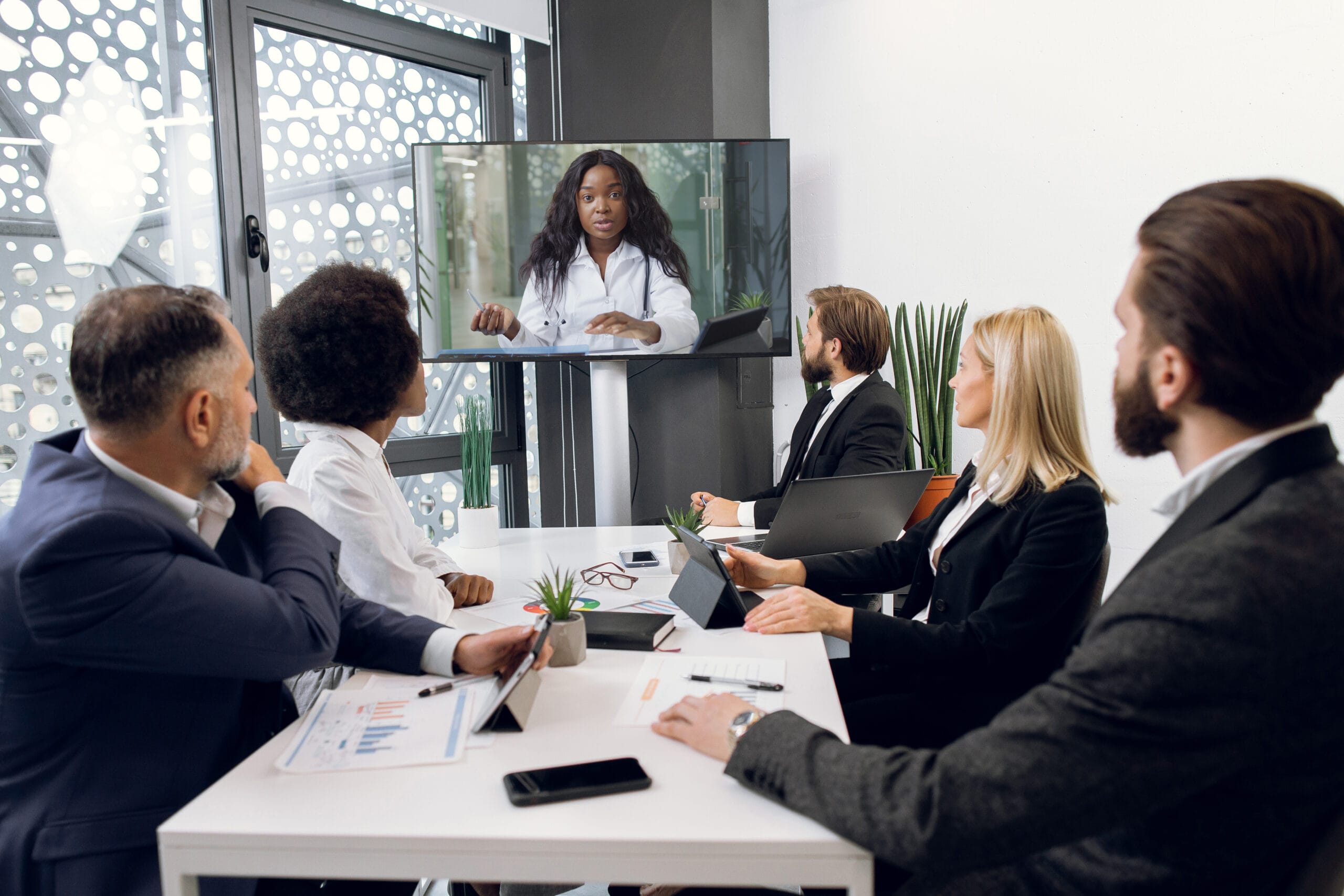How Test Presentations Enhance Your Argument and Persuade Jurors
Trial presentations serve as a critical mechanism for enhancing lawful arguments and encouraging jurors. The strategic use of visuals not just clears up complicated information yet likewise catches jurors' attention a lot more successfully than words alone.

Significance of Aesthetic Aids
Visual aids play a critical duty in boosting the effectiveness of test discussions, as they can dramatically raise audience interaction and retention of information. In the context of a test, where jurors are charged with handling complicated information, aesthetic help serve to simplify and make clear bottom lines. Graphes, graphs, and pictures can communicate information and ideas that may or else overwhelm or perplex jurors, permitting a more simple understanding of the proof provided.
In addition, aesthetic aids assist in maintaining juror focus throughout the procedures. By breaking the uniformity of spoken testimony, these tools can punctuate critical debates, making them more memorable. Effective visual help can also evoke emotional actions, which can be critical in convincing jurors to line up with the presenter's story.

Crafting Engaging Stories
An engaging narrative is essential in test presentations, as it functions as the foundation of reliable persuasion. It allows lawyers to weave with each other facts, evidence, and psychological aspects into a systematic story that resonates with jurors. This narrative structure makes it possible for jurors to comprehend the intricacies of the instance while assisting them via the attorney's debate.
To craft an engaging story, attorneys must concentrate on clearness and comprehensibility. This entails developing a clear protagonist-- commonly the client-- and outlining their journey through the occasions concerned. Presenting the realities in a rational sequence improves understanding and preserves involvement. Additionally, using vibrant descriptions can produce mental pictures that help jurors imagine the events, making the story extra memorable.
Moreover, incorporating vital styles throughout the presentation strengthens the core message and aids in retention - trial presentations. The story ought to not just convey info however likewise stimulate a sense of justice, highlighting the stakes included. Eventually, a sound narrative cultivates a link between the jurors and the situation, placing learn the facts here now the lawyer's debate as both trustworthy and engaging, thus raising the possibility of a favorable verdict

Involving the Jury Psychologically
Effective court engagement pivots on the lawyer's capability to attach with jurors on an emotional level. This connection can dramatically impact jurors' assumptions and their ultimate decision-making.
Aesthetic help, such as photographs or video clips, can even more boost psychological engagement, offering jurors with dazzling depictions of the instance's human aspects. Crafting a story that highlights the struggles and triumphs of the people involved makes sure Visit Your URL that jurors see beyond the lawful debates and identify the human consequences of their resource choices.
A lawyer's passionate distribution can resonate with jurors, strengthening their psychological investment in the case. It's necessary to stabilize psychological charms with accurate evidence, ensuring that jurors really feel obliged to act while continuing to be grounded in the fact.
Structuring Your Discussion

The body of the discussion need to be practically fractional into bottom lines, each sustained by compelling proof. It is beneficial to utilize narration methods to weave facts right into a story that jurors can easily comply with. Aesthetic help, such as charts and videos, can boost understanding and engagement, helping to highlight important pieces of evidence.
Real-World Instance Studies
Taking a look at real-world instance research studies supplies vital understandings into the art of trial presentations and persuasion. The defense team efficiently utilized an approach that incorporated top-level expert testimonies with multimedia presentations, which captivated jurors and ultimately influenced their decision.
Another notable example is the "McDonald's Coffee Case," where the plaintiff's lawyers made use of graphic images of the injuries suffered by Stella Liebeck. trial presentations. This stark visual proof played an essential role in conveying the severity of her burns, leading to a significant court honor. Such situations demonstrate that impactful trial presentations often rest on the reliable assimilation of visuals and storytelling to evoke psychological feedbacks from jurors
In addition, the "Casey Anthony Test" highlighted the significance of narrative coherence and credibility. The prosecution's failing to develop a compelling timeline diminished their influential power, highlighting the requirement of a well-structured presentation. Assessing these situations reveals that effective trial presentations call for calculated planning, psychological interaction, and the ability to reverberate with jurors' values and ideas.
Final Thought
Trial discussions substantially enhance debates and convince jurors via the calculated use aesthetic aids, engaging narratives, and psychological engagement. By streamlining complex details and promoting links with the audience, these components create a remarkable and impactful experience. A well-structured presentation equilibriums emotional charms with factual evidence, inevitably resonating with jurors' worths. The integration of these strategies not only influences decision-making yet also emphasizes the importance of efficient interaction in the courtroom.